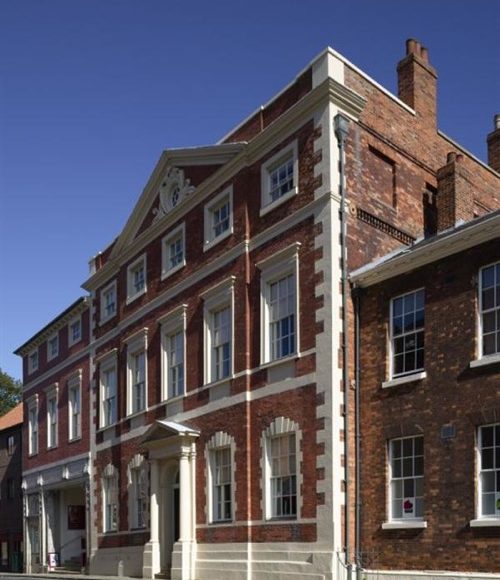Beginning today in York, UK at the Fairfax House, the Exhibition: Keeping Time officially begins. This exhibition celebrates the evolution and development of timekeeping in the seventeenth and eighteenth centuries, focusing specifically with clockmakers in the York and Yorkshire area. The exhibition will explore clocks of al different styles and designs from the regional clock making industry in order to highlight the brilliance and innovation of Yorkshire’s watchmakers. The exhibition will be held at the Fairfax House in York, UK.



It is hard to imagine a time without a clock to tell you if you were late or early. The Keeping Time Exhibition focuses on the introduction of the clock and the consequences of its creation had for Georgian England. On display will be both small and large pieces on loan from the British Museum, Leeds Museums & Galleries, and many other private collectors. The featured piece will be the Harrison Precision Pendulum clock Number Two, created by John Harrison. This revolutionary timepiece, developed in 1727, has a movement made of wood and kept time to within one second every month.



Viewers of this exhibit will be taken to the beginnings of Yorkshire’s horological craftsmen and study the most primitive works and will be able to see how the first clocks evolved into the clocks used today. Georgian London has held the reputation of being at the epicenter of horological development, so there is not a more appropriate place to hold this exhibition. The Exhibition: Keeping Time begins on October 5, 2012 and will end on December 31, 2012.
Get More Articles Like This in Your Inbox
We're constantly creating great content like this. So, why not get it delivered directly to your inbox? By subscribing you agree to our Privacy Policy but you can unsubscribe at any time.







DanielHeller | November 7, 2018
|
A decent blog dependably thinks of new and energizing data and keeping in mind that understanding I have feel that this blog is truly have every one of those quality that qualify a blog to be a decent one.